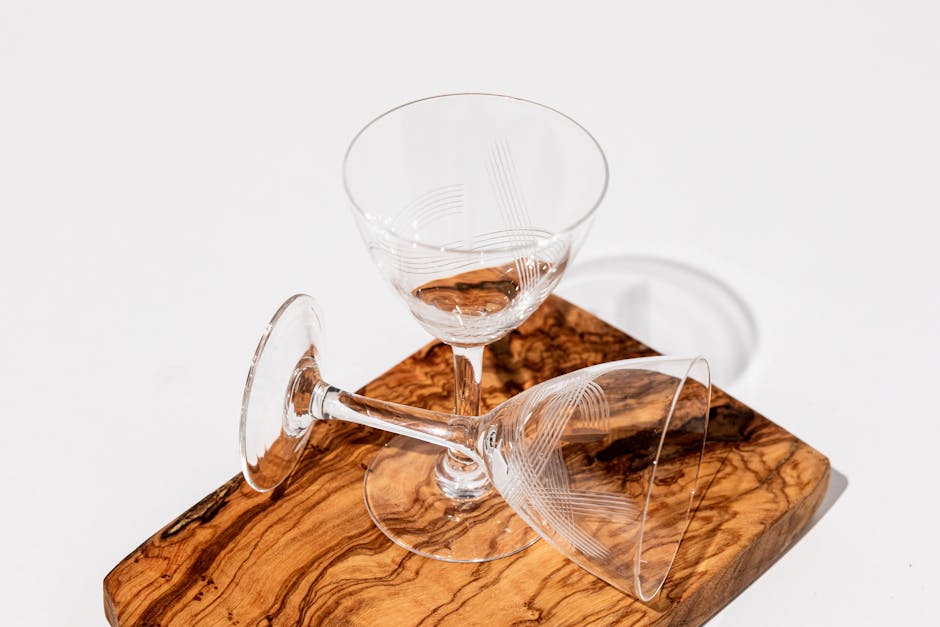The Role of Texture in Keeping Minimalist Modern Spaces from Feeling Cold or Empty
Introduction
Minimalist modern spaces, while aesthetically pleasing with their clean lines and decluttered surfaces, can sometimes feel sterile, cold, and lacking in personality. A key design element that bridges this gap and infuses warmth and depth into minimalist environments is texture. Strategically incorporating texture prevents a minimalist space from feeling empty or unwelcoming, transforming it into a comfortable and visually engaging haven. This article explores the vital role texture plays in achieving this balance.
The Power of Texture in Minimalist Design
Adding Visual Interest and Depth
Texture provides visual interest that compensates for the lack of ornamentation in minimalist spaces. It adds layers of complexity that draw the eye and prevent monotony. Instead of a flat, uniform surface, textured elements offer tactile and visual richness, making the space feel more dynamic and considered.
Creating Warmth and Comfort
One of the biggest challenges in minimalist design is avoiding a cold or impersonal atmosphere. Texture, particularly natural textures like wood, wool, and linen, introduces warmth and softness that counteracts the starkness often associated with minimalist aesthetics. These materials have inherent visual weight and tactile appeal, making a space feel more inviting and comfortable.
Defining Zones and Adding Personality
Texture can be used to subtly define different areas within an open-plan minimalist space. For example, a textured rug can delineate a living area, while a smooth concrete wall can define a hallway. This creates a sense of separation and purpose without compromising the overall minimalist aesthetic. Furthermore, carefully chosen textures reflect the homeowner’s personality, adding a unique touch to the space.
Practical Ways to Incorporate Texture
Textiles: Softening the Edges
Textiles are an easy and effective way to introduce texture into a minimalist space. Consider these options:
- Rugs: Choose rugs with a high pile, intricate weaves, or natural fibers like jute or sisal.
- Throw Blankets and Pillows: Opt for chunky knit throws, velvet pillows, or linen cushions to add a touch of luxury and comfort.
- Curtains and Drapes: Select curtains with subtle textures like linen or sheer fabrics with a slight crinkle to diffuse light and add softness.
Natural Materials: Grounding the Space
Introducing natural materials is crucial for adding warmth and organic appeal:
- Wood: Use wood for flooring, furniture, or accent walls. Consider reclaimed wood for added character.
- Stone: Incorporate stone elements like countertops, fireplaces, or accent walls to add a grounding and earthy feel.
- Plants: Living plants are a fantastic way to add texture, color, and life to a minimalist space. Choose a variety of plants with different leaf shapes and textures.
Surface Treatments: Adding Depth and Dimension
Don’t overlook the impact of surface treatments on walls and floors:
- Textured Paint: Experiment with textured paint techniques to add subtle depth to walls.
- Exposed Brick: If possible, expose brick walls for a rustic and industrial touch.
- Concrete: Polished concrete floors or countertops offer a sleek and modern aesthetic with a subtle texture.
Art and Accessories: Finishing Touches
Art and accessories should be carefully chosen to complement the minimalist aesthetic and add subtle texture:
- Ceramics: Handmade ceramic vases or bowls can add a touch of artisan charm.
- Woven Baskets: Woven baskets are both functional and decorative, adding a natural texture and a place to store items.
- Textured Artwork: Select artwork with textured surfaces or tactile elements.
Conclusion
Texture is not just an aesthetic detail; it’s a fundamental element in creating a successful and inviting minimalist modern space. By thoughtfully incorporating a variety of textures, you can transform a potentially cold and empty environment into a warm, comfortable, and visually engaging home that reflects your personal style and provides a sense of well-being. Embrace the power of texture to elevate your minimalist design to the next level.














Post Comment